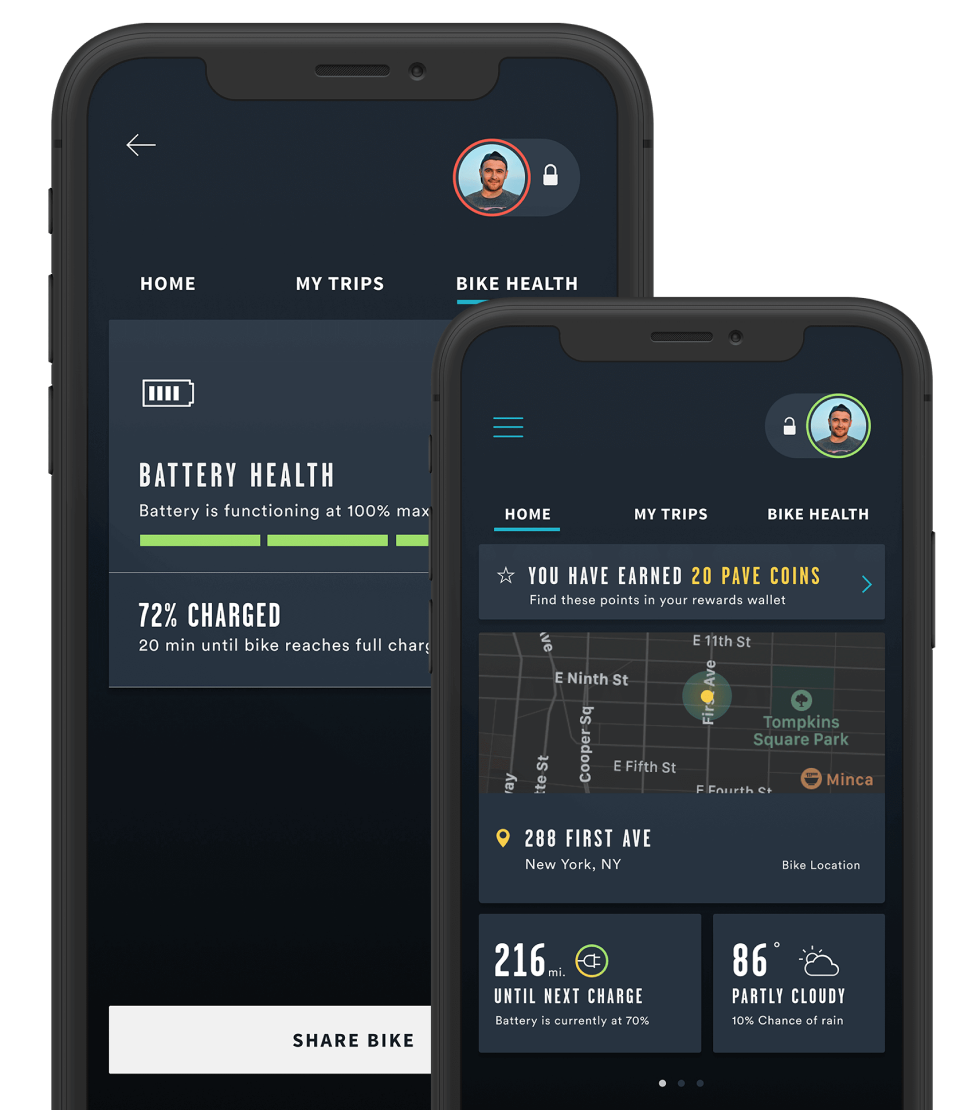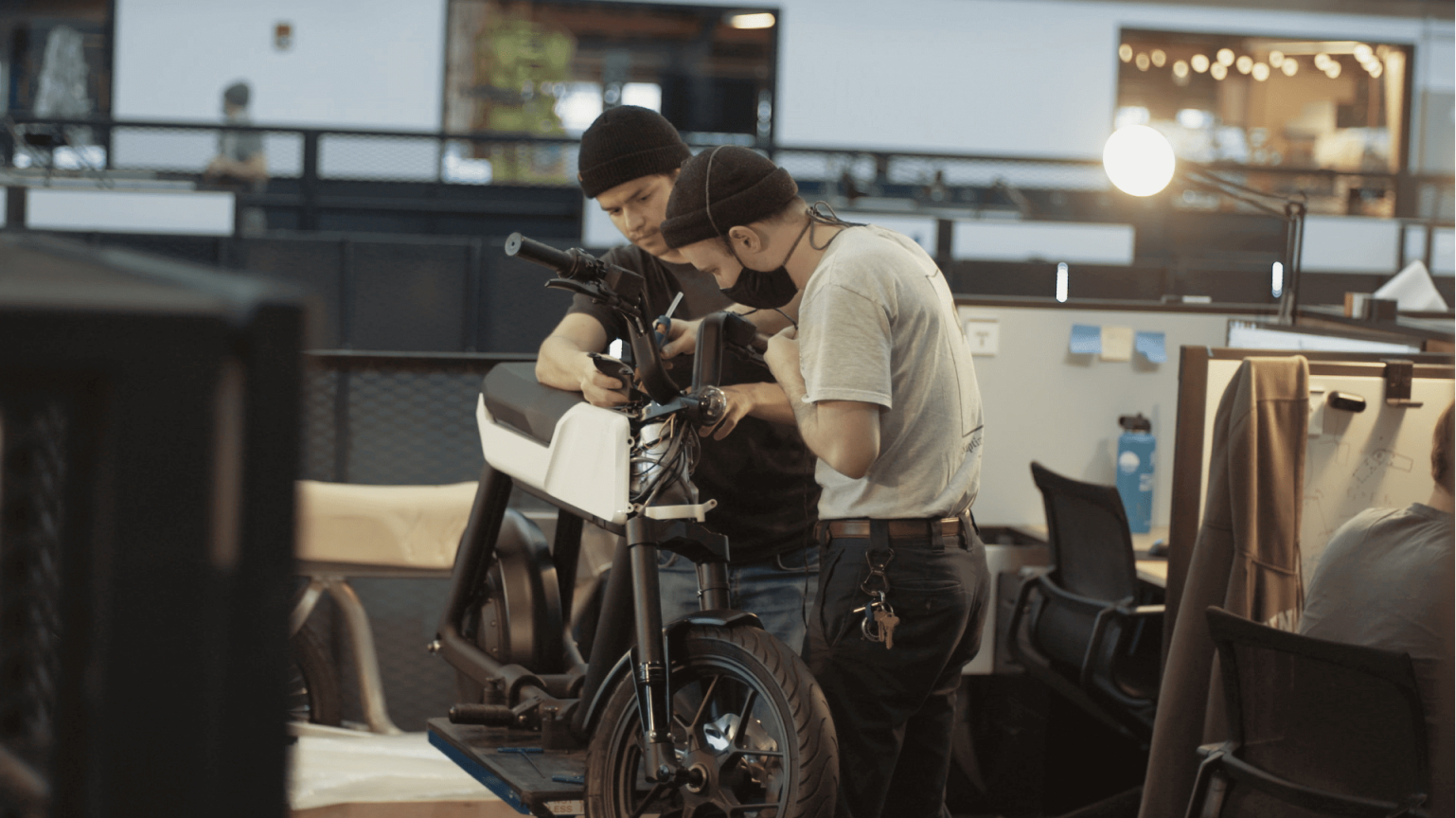Case Study — Pave
Next generation Web3 mobility system
On the surface, Pave looks like any other e-scooter and mobility startup we've seen before, but if you look a little deeper, they are taking a radically different approach. Headquartered in Brooklyn, and launched in mid-2021, Pave is leveraging the strengths of Web 3.0 to offer riders a suite of features your average ride service has never seen before.
Pave riders can rent their bikes to each other, monetise their mobility data, connect with the infrastructure around them and even earn yield on their ride‑sharing profits.
This is made possible by building on the Streamr Network and leveraging its decentralized architecture for data transport. Each bike runs an instance of a light Streamr node which unlocks the Pave bikes' V2X, vehicle-to-everything, functionality. Meaning that the bikes are free to directly interact with network service providers (V2P), the environment and infrastructure around them (V2I) or even with other bikes (V2V).

Therefore, anyone with a Pave bike can rent out their vehicle to anyone who's got the Pave app installed on their phone. Bike ownership title and owner access control security is enforced by an NFT (ERC721). Possession of the token corresponding to the physical bike in the owners' Pave dApp grants access to the bike via Bluetooth - without the need for an internet connection.
In order to truly change mobility as we know it, we believe in the potential of decentralization and disintermediation that blockchain-based applications enable. By working with Streamr we can give our riders full control over their data as well as offer another monetization opportunity.
In addition, all user metrics data is relayed through Streamr's decentralized peer-to-peer network directly to the Pave dapp, bypassing centralised services entirely, as well as helping to secure and extend the Streamr Network. Pave riders are in full control of their driving data which they can monetize on their own terms via Streamr's Data Union framework. This allows for crowdsourced mobility datasets to be sold on The Hub with revenue shared between all contributing riders.


The Pave wallet supports crypto and fiat payments which are exchanged between bike owners, fleet operators, renters or service providers as a means of exchange for rental, services, discounts or other network rewards or incentives. With full tokenomics coming to the Streamr Network in the Tatum milestone, Pave riders will even have the opportunity to become yield farmers, earning revenue for their contribution to the network.









The future of transportation does not have to be in the hands of a few centralised service providers. Ride-sharing can be done in a decentralized fashion, creating sharing economies in which everyone becomes an equitable participant. Pave is offering a glimpse of the myriad of opportunities through which the decentralized web stack will impact how we will move around tomorrow.
- Learn more
- Pave Motors
- Pave on Newlab